Another adventure this fall turned out to be something I’ve never done before. I learned how to trap.
I learned to trap from my dad, who learned from his dad and so forth. Trapping animals has been a tradition in my family for years. It makes me extremely proud to carry on a tradition that is very important to my family’s heritage. My dad taught me and my siblings the traditional way of boiling, setting and baiting traps, and then skinning and drying the hides.
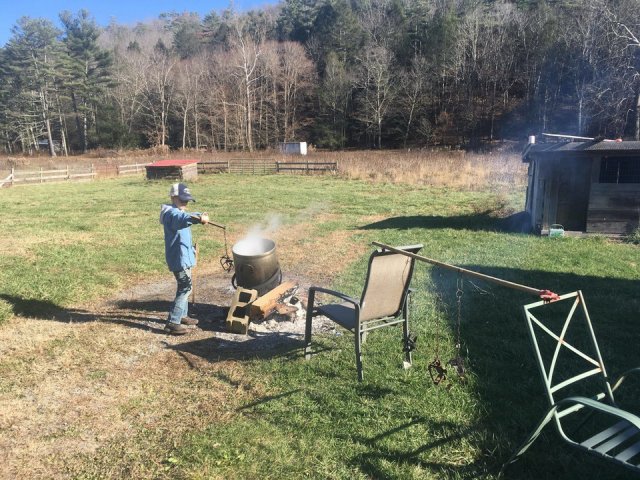
First, we boil the traps in lye to get rid of any dirt, oils or scent. Next, we boil them in fresh green walnut hulls, to cover scent, stop rust and to dye them so the animals won’t see them in the dirt. Lastly, we dip the them in beeswax to cover the scent of the metal.
We put on some gloves to keep our scent off the traps, grab our bait and go to set the traps. The first thing we do is find a good place to set a them. Animals – such as foxes, possums and raccoons — will usually find dens of the small animals they like to eat and dig them out that way. We find a nice place under a fallen tree and start by digging a shallow hole underneath the log. We dig a small hole in the back for our bait. Next, we tie a trap to a heavy branch and put down the bait, consisting of tuna and chicken feathers. We shove the bait to the back of the hole, so sneaky animals won’t just grab the bait and run off. Next, we set the them.
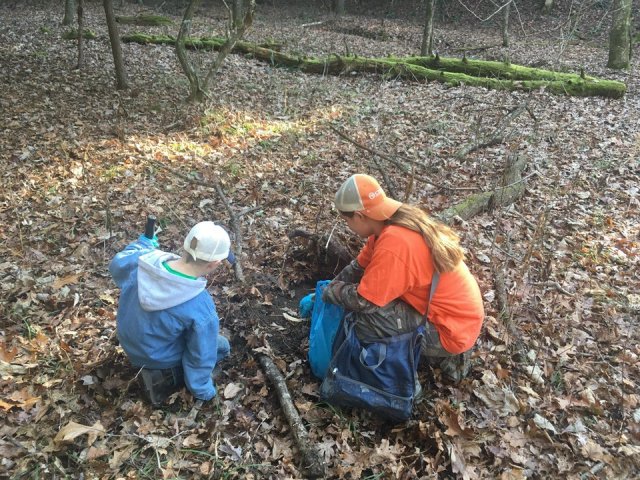
The tricky part is setting the trap and not touching the pressure pan. As my dad holds the spring levers down, I spread the jaws apart and set some wax paper on the pan. As I lay the wax paper down, my dad very carefully lifts off the spring. This is where it gets tricky. After carefully setting the trap right above the bait hole, you must cover the pan with dirt. When sprinkling the pan with dirt, we must make sure we don’t get any rocks or put the dirt down too hard. Otherwise, it will snap one of our fingers. After you cover the trap with dirt, it is all set.
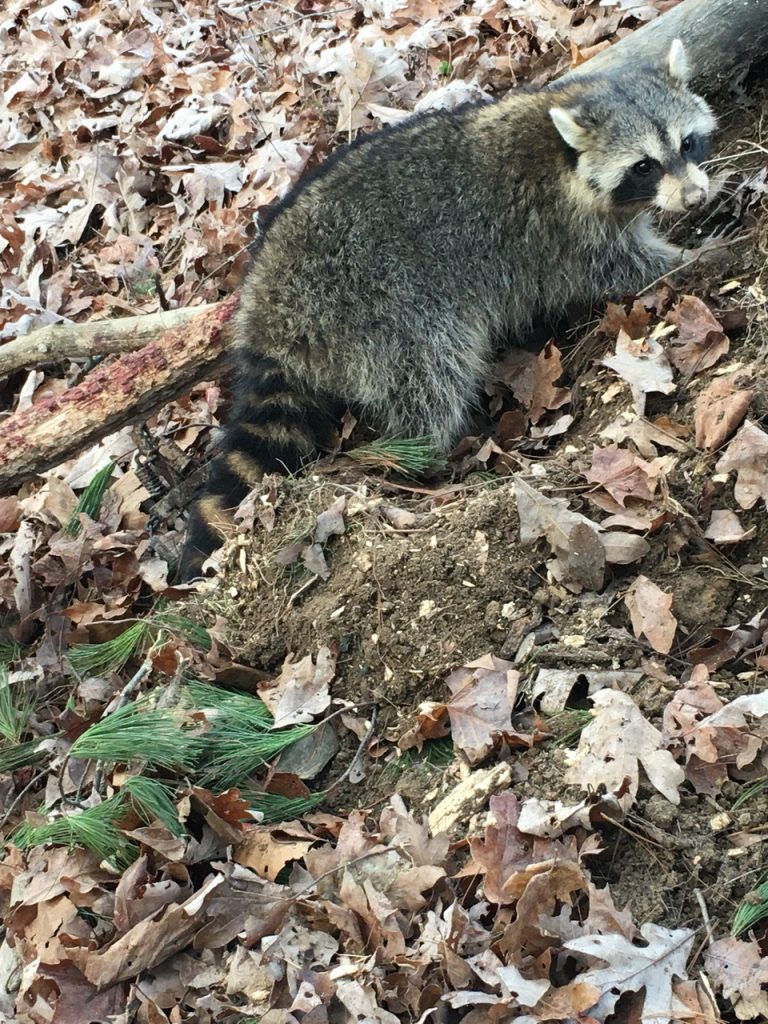
Now, we wait. The best time to check these traps is in the early morning. I also check mine in evenings; I usually catch predators at night (and retrieve them from the traps in the morning), but it’s good to check.
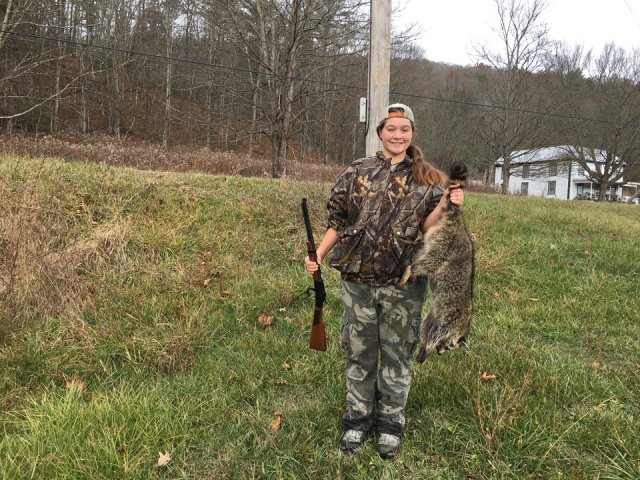
Although most people may sigh at the sight of a greasy possum, I felt glad to see it in my trap. We had finally trapped our first animal successfully, and my siblings and I were so proud. We also caught 2 raccoons. Soon, we will stretch and tan these hides.
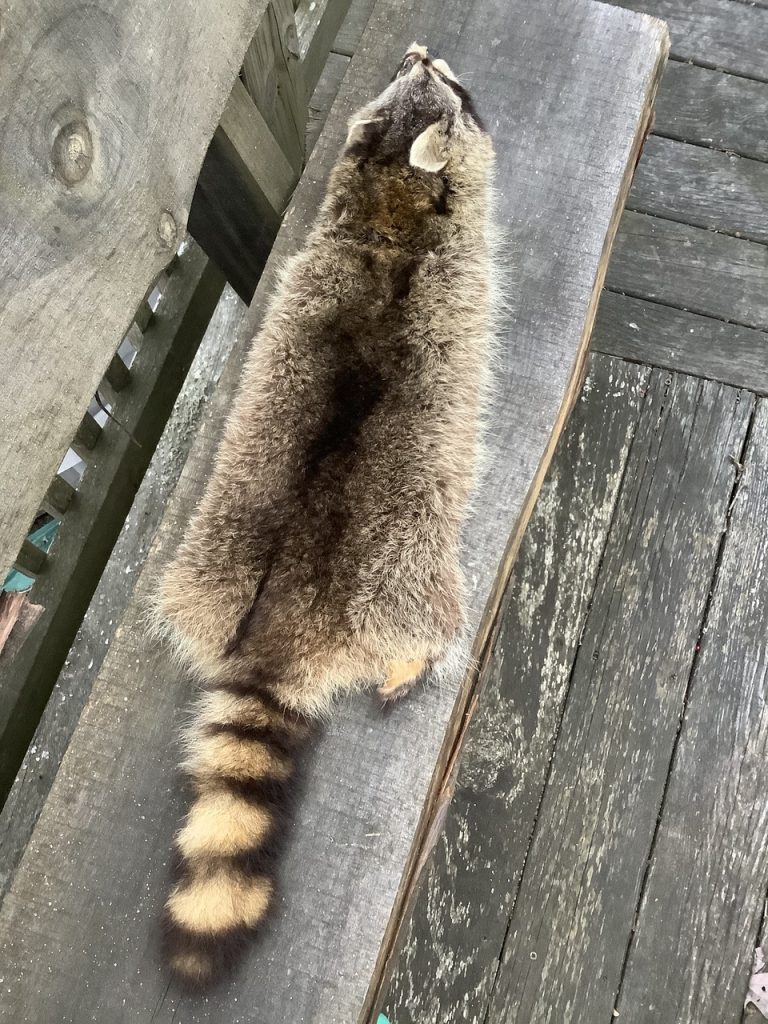
I feel so proud to have these traditions passed down from my grandad, to my dad and now, down to me. I can’t wait to share these traditions with my kids someday. The importance of trapping should be passed from generation to generation. Outside of hunting, trapping is one of the biggest methods of conservation. My father said, “Lately, since pelt prices have gone down so much, many people have stopped sharing trapping, causing a drop in the populations of grouse and wild turkeys.” Ethical trapping and hunting of the predators of these animals keeps both populations in check, ensuring a bountiful population of both species.
My next adventure will be putting a tag on my first deer.
Read Makayla’s previous post. “Hunting Squirrels in Appalachia” here.
Makayla Scott is a 16-year-old shotgun enthusiast from White Sulphur Springs, West Virginia, and a brand ambassador for CZ-USA. View all posts by Makayla Scott